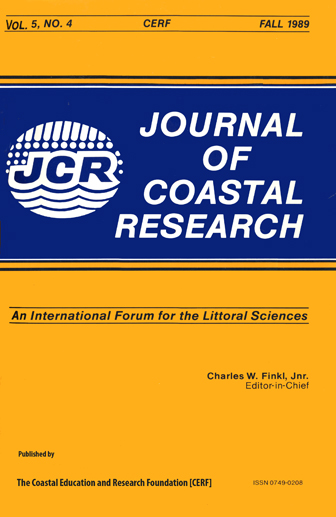Anatomy of a Transgression Along the Southeastern Shore of Lake Michigan
Keywords:
Depositional transgression, shoreline behavior, beach ridge, lithofacies, nearshore and onshore environments, IndianaAbstract
Landward translation of the shoreline during the post-Chippewa transgression (circa 6,500 yrs BP) of the southern shore of Lake Michigan was dominantly a depositional event and produced a 6.5-m-thick sequence of onshore and upper shoreface deposits. Onshore sediments consist of planar cross-stratified washover and eolian sand and back-barrier lacustrine silty clay. These sediments are distributed in an onlapping sequence of repeated washover to eolian and Iacustrine sediments. The onshore sediments are erosionally overlain by upper-shoreface deposits of a moderate- to low-energy barred shoreline. Dominant sediment types are trough cross-stratified longshore-trough and rip-channel sand and parallel-laminated and rippled bar-slope sand. Longshore-trough depoits are common in the more onshore part of the upper-shoreface sequence where they are interbedded with thin beds of bar-slope sediments. In the more offshore part of the upper-shoreface sequence, bar-slope and rip-channel sediments predominate.


